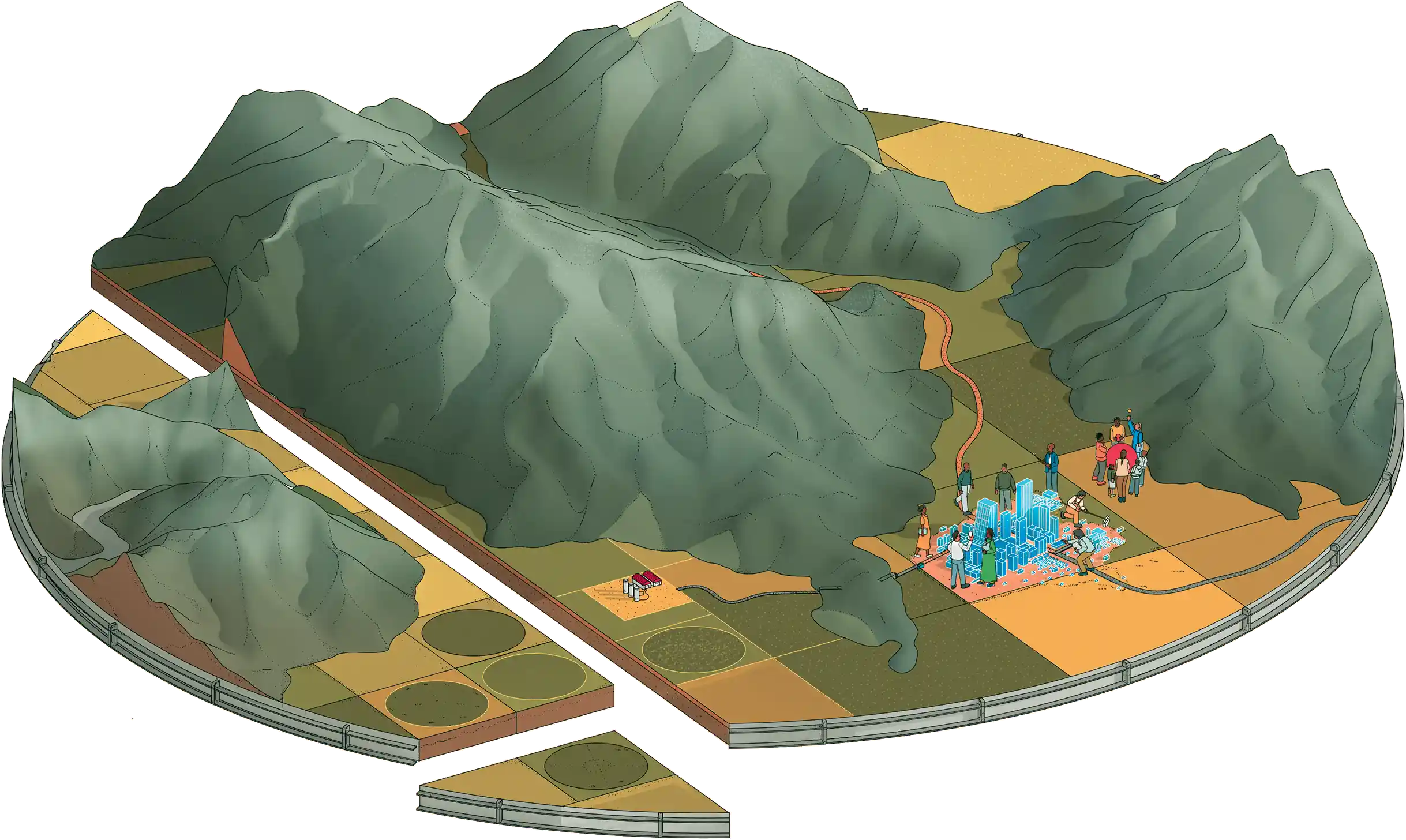Building a rational, automated robot design agent

Challenge: The joint optimization of robot morphology and control holds immense potential for creating more effective and efficient robotic systems. However, current automated approaches face significant limitations:
- Evolutionary methods require extreme computational resources and often miss superior designs in unexplored regions
- Gradient-based approaches are limited to continuous parameter spaces and cannot handle topological changes
- Both approaches struggle to incorporate the broad knowledge and intuition that human designers bring to bear
In contrast, human designers excel at making large, discontinuous changes to morphology, reasoning about uncertainty, and considering diverse factors like manufacturability, maintenance, and aesthetics—all while using remarkably few simulation runs compared to automated methods.
Project: We are developing R-ADA through three interconnected components:
Abstract Simulation Framework: A foundation that extends physics simulators to support robot co-design research, including:
- A rich language for expressing design tasks
- Standard benchmarks for evaluation
- Tools to research the simulation-to-reality gap without building physical robots
Robot Design via Model-Based Planning: A system that breaks down complex design tasks into manageable steps by:
- Using language models to control CAD/CAM environments
- Learning from expert design traces and rationales
- Combining language models with planning and reinforcement learning
- Supporting both incremental refinements and large structural changes
Bayesian Updating of Simulation Models: A principled approach to bridge the simulation-reality gap through:
- Probabilistic inference over simulation parameters
- Continuous improvement based on real-world data
- Automated balancing of real and simulated trials
The system emulates human cognitive processes while leveraging computational resources, enabling it to:
- Explore vast design spaces efficiently
- Reason about complex trade-offs
- Generate innovative morphologies
- Consider practical constraints like manufacturability
- Learn from and complement human expertise
Integration and Impact: R-ADA is designed to work alongside other robotic design tools and frameworks, accepting input from various sources and generating outputs compatible with existing manufacturing processes. The system aims to democratize advanced robot design, making it more accessible while maintaining high standards of quality and practicality.
Basis leads: Sam Witty, Zenna Tavares, Michelangelo Naim
Key collaborators: Shadow Robot Company, University of Cambridge, EPFL, MorphoAI